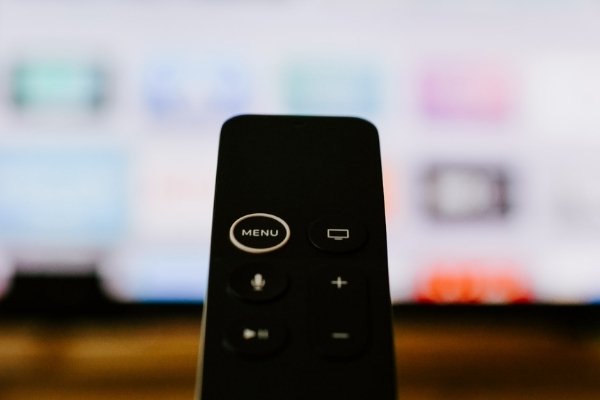In today’s world of sports viewership, there’s one demand from spectators: instant access. Historically, major sporting events and regular-season games were divvied up by major leagues between regional TV providers.
However, there’s a growing trend for sports fans to watch live games via streaming services like fuboTV to DAZN. Then there are former broadcasters that have successfully transitioned to offer live streaming services, like ESPN+. But beyond the hyper-competitive market that’s currently divvying up fan demographics for all major sports, there’s the original sports stream: pay-per-view boxing.
With millions of dollars surrounding boxing events, siloed to producers, athletes, and venues, there are few sports as lucrative as the boxing marquee match. Beyond the event itself, major sportsbooks will spend countless hours and resources to provide competitive wagers and insider analysis on all aspects of the match.
Though formerly confined to Nevada, the recent expansion of sports betting into new states has expanded the market for top fights, such as the upcoming faceoff between Ben Askren and YouTube personality Jake Paul. But few markets have been as competitive as the PPV market surrounding boxing and MMA’s biggest faceoffs.
Joe Louis vs. Jersey Joe: 1948
Before there was pay-per-view, there was closed-circuit television. In the earliest days of television, long before the clunky sets were standard features in American homes, producers of big-name fights (then held in the northeast instead of Vegas) relied on telecasts to draw in revenue.
Viewers could watch fights live from large venues, such as theatres and concert halls, by paying for entrance. CCTV technology would telecast fights straight to these venues, which paid organizers and then charged attendees. The trend began with a fight between Joe Louis and Jersey Joe Walcott in 1948.
Though other leagues, from the MLB to the NBA, were struggling to organize broadcasting rights for teams by region, marquee boxing matches via CCTV took off in the 1960s and 70s. By the time George Foreman and Muhammad Ali faced off for their ‘Rumble in the Jungle’ in Zaire in 1974, CCTV was able to telecast the event live around the world.
The match, which Ali won via KO, was broadcast via CCTV to some 400 locations around the US. The very next year, Ali’s faceoff against Joe Frazier in the Philippines, billed as the ‘Thrilla in Manila’, was broadcast to over 400 locations in North America, as well as 68 other countries.

High Stakes in PPV
Throughout the 60s and 70s, archaic versions of pay-per-view cropped up. However, none had wide success until the 1981 faceoff between Sugar Ray Leonard and Thomas Hearns. Companies like HBO and Showtime (as well as the defunct Viewer’s Choice) led the charge to bring exclusive movies and sporting events straight to home TVs.
By the early 2000s, HBO took charge of the biggest boxing events, which were now held in Las Vegas rings specifically designed to host large crowds around a boxing ring. These venues, including the infamous MGM Grand Garden Arena, also allowed for higher production quality.
Today’s broadcasters, looking to compete with live streaming services, may pivot to focus more on producing major live events, such as the Olympics. However, in the world of major marquee events, the emphasis isn’t on advertisers who occupy slots of time between the action but on individual consumers who pay for exclusive rights to watch the event.
In the case of the 2015 showdown, literally billed as the ‘Fight of the Century’, between Manny Pacquiao and Floyd Mayweather, 4.6 million PPV purchases at $100 each translated to $410 million in revenue. However, many demanded refunds after lags in the broadcasting caused at-home delays.
This highlights one of the major differences between live streaming and PPV experiences. The PPV experience is retail in nature; viewers pay once to ‘own’ the experience. Live streaming services, on the other hand, offer a wider range of options for casual fans who follow leagues across a season.
On multiple occasions, PPV providers from HBO to ESPN+ have had to issue refunds and public apologies for technical issues that disrupt streams. Other subscription providers, like SpectrumTV and Xfinity, have scrambled during live matches to correct issues.
